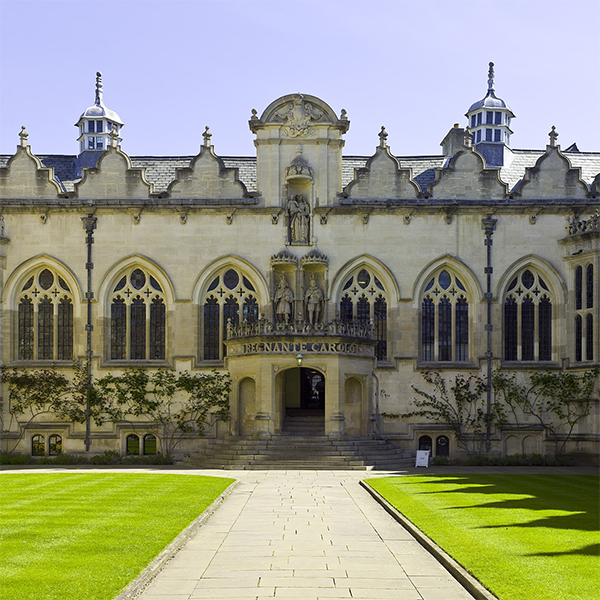
The Anglican Church includes many different styles of worship, from the plain and simple liturgy and practices of the “low church” to the traditional rites and ceremonial you see here at a “high church”. Anglo-Catholicism grew out of the movements emphasizing the Catholic nature of the English church, particularly the Oxford Movement, which sought to restore the ancient faith and customs of the Church that were lost during the English Reformation of the 16th century, when the Church of England under Henry VIII broke away from the authority of the Pope and the Roman Catholic Church.
The word “catholic” comes from the Greek word meaning “universal”. The Catholic Church literally means “the church that is according to the whole”. Catholic also refers to Christians, particularly in the West, who consider themselves to be in continuity with the faith and traditions that have come down from the early church through the pre-reformation Catholic Church. “Anglo-Catholics” then are Anglicans who, following the Oxford Movement and its successors, believe that this universal church and the inclusive Western Catholic tradition is continued in the theology and liturgy of the Book of Common Prayer and the life of the Anglican Communion.
The Oxford Movement, which began at the University of Oxford in the 1830s, drew on the writings of the early church fathers to argue for the reinstatement of some older Christian faith traditions and their inclusion into Anglican liturgy and theology. In the churches that followed this movement, candles, crosses, incense, processions, private confession, devotion to the Blessed Virgin Mary and Benediction of the Blessed Sacrament were all re-introduced. The importance of the Creeds (the Apostles’ Creed and the Nicene Creed) and the importance of the sacraments were emphasized.

